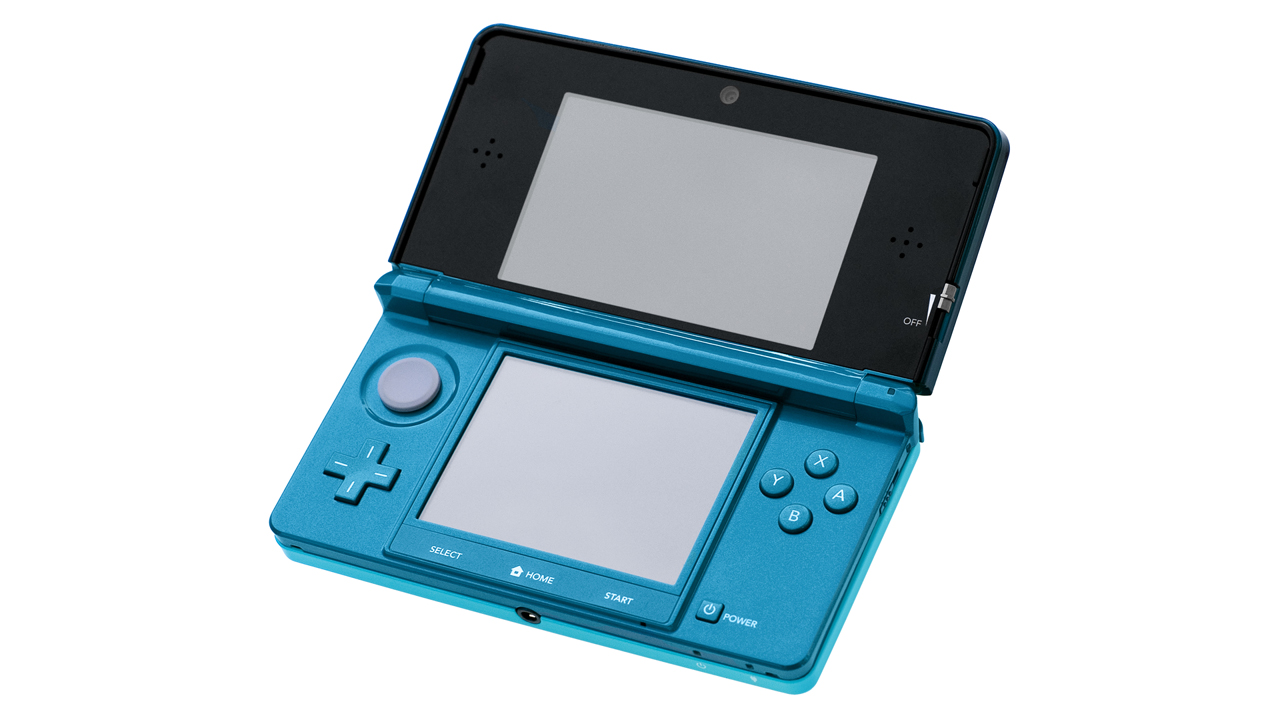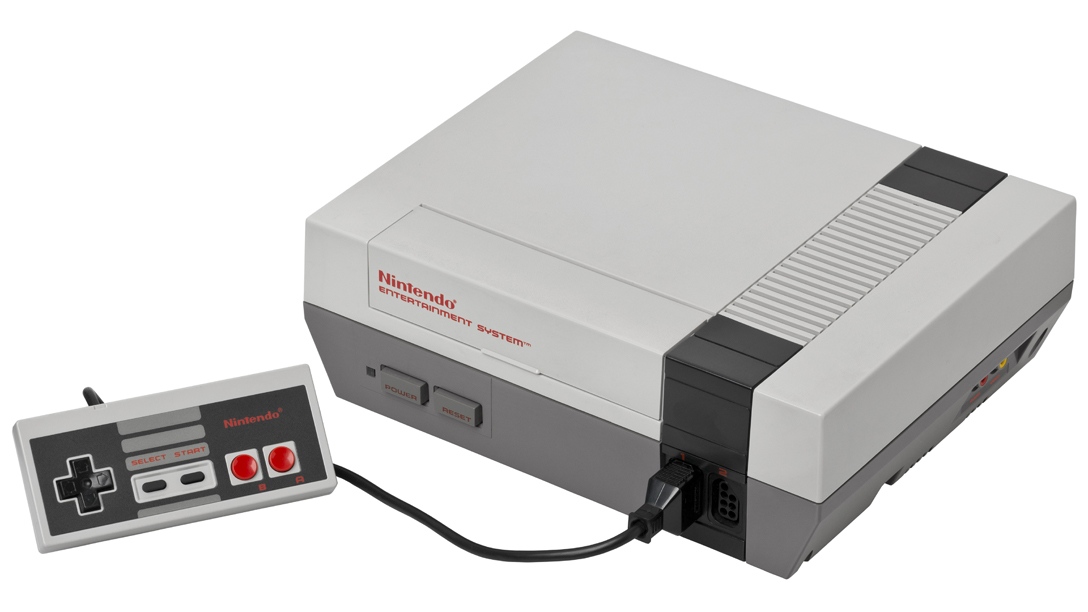3D Stereoscopy has experienced something of a recurring fad since its discovery, beginning with stereoscopic photograph viewers, all the way back in the mid-1800s. 3D films first rose to prominence in the 1950s, before mostly dying out and then enjoying a somewhat brief resurgence in the 1980s, and then again from the late (20)00s to early '10s. That most recent period of renewed interest in 3D films also gave rise to some new 3D technologies and devices as well, including televisions and, perhaps most notably, the Nintendo 3DS
For decades, Nintendo had invested in and experimented with various types of 3D tech, including their infamously ill-conceived Virtual Boy system, which they released to the public in the mid-90s (before quickly cancelling it within a year's time) Despite their failures with that much-maligned gaming device, Nintendo eventually opted to try one more time, with the successor to their wildly successful DS portable. In order to avoid one of the most common complaints associated with the vast majority of stereoscopic displays (the need for glasses), as well as to try and avoid any more disastrous product failures, Nintendo wisely invested in a somewhat novel approach for what would become their 3DS system. By utilizing a parallax barrier inside the screen of the 3DS, Nintendo was successfully able to generate 3D images completely free of the usual glasses requirement.
Despite this groundbreaking approach to 3D gaming, the 3DS, not unlike its earlier 3D predecessor, got off to a pretty slow start sales-wise (though not nearly to the extent of the Virtual Boy). Luckily for Nintendo, they were able to mostly turn things around with an early price cut and the announcement of incoming downloadable NES and Game Boy Advance classics for the system, some of which were made available at no cost to early adopters. The 3DS eventually went on to become a moderate success for Nintendo, selling more consoles than the GameCube and the N64 combined (though still only managing to move about half as many the record-holding original DS system). As would be expected of just about any Nintendo device, particularly one with such unique stereoscopic 3D capabilities, the 3DS boasted some pretty uniquely excellent games to match. Here are 12 of the very best titles that the 3DS had to offer.


